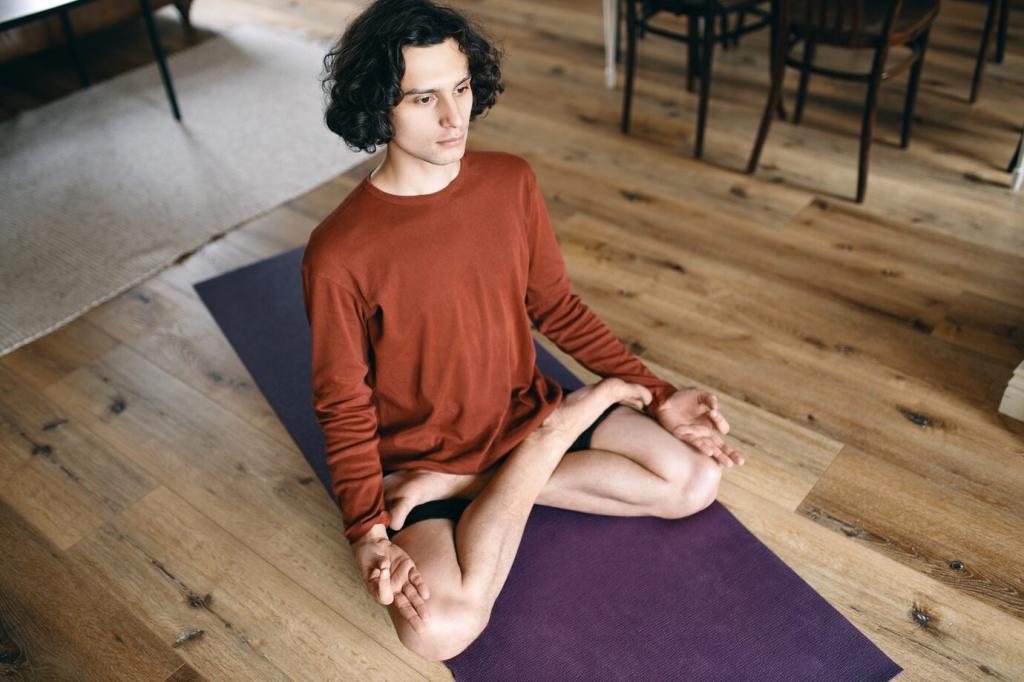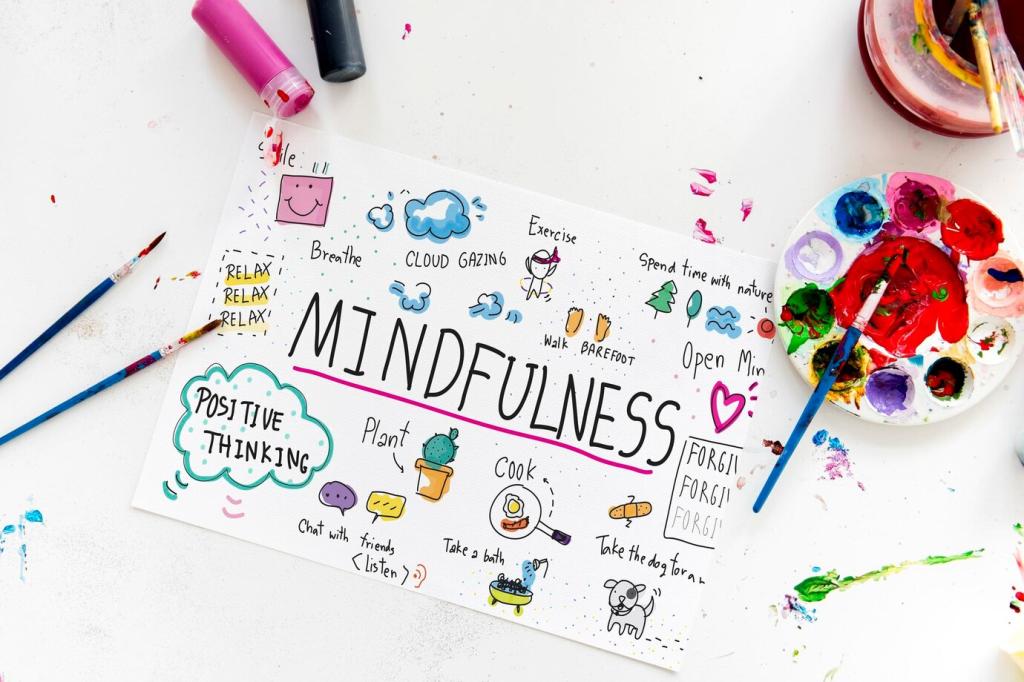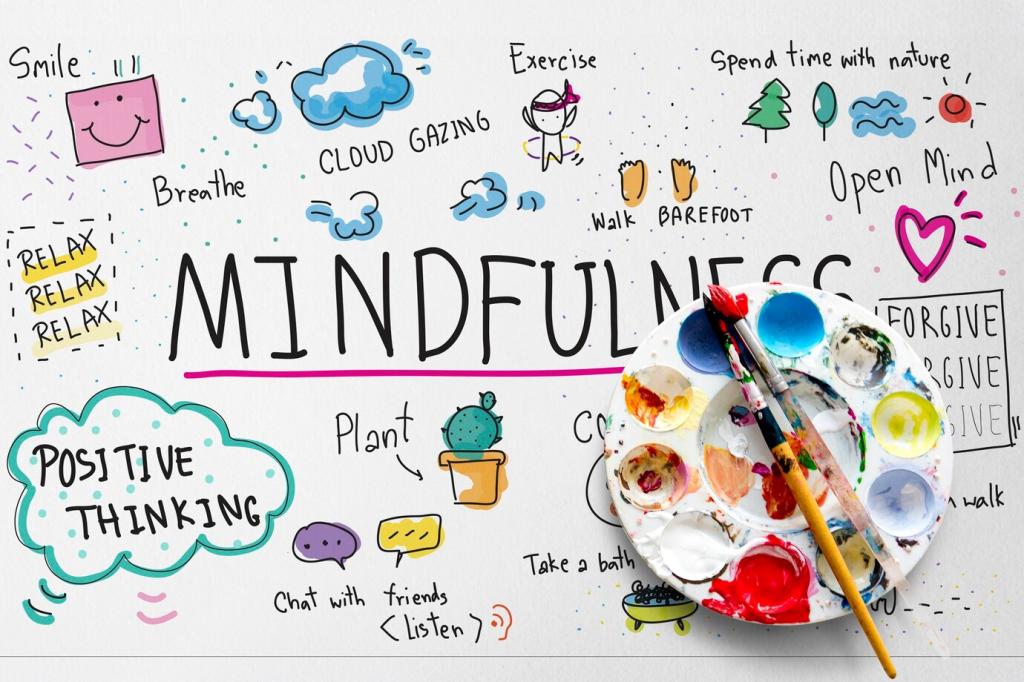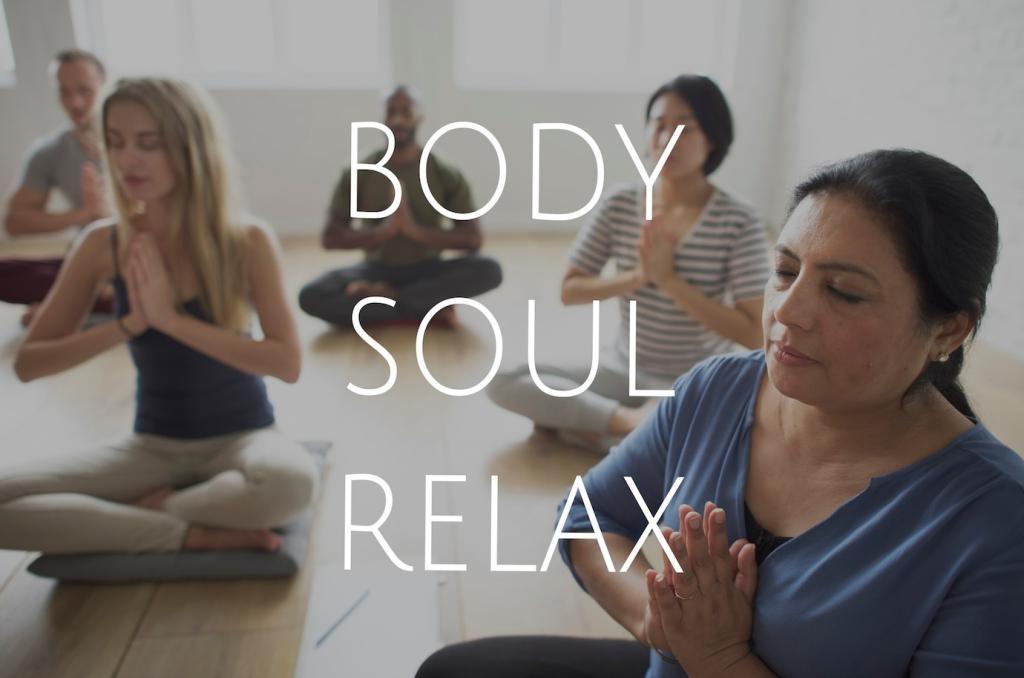Sound and Music for Meditative Practice
This edition’s theme: Sound and Music for Meditative Practice. Explore how tones, textures, and silence can soften the nervous system, focus attention, and carry you inward. Set your intention, open your ears, and stay with us—share your experiences and subscribe for weekly sonic prompts.

Why Sound Deepens Meditation
When two tones slightly differ, your brain may perceive a third, pulsing rhythm that nudges attention toward calmer states. Binaural beats, isochronic pulses, and slow, steady tempos can encourage relaxation. Keep volume low, test different frequencies, and journal your focus, mood, and breath changes after each session.

Instruments and Sound Sources

Metal bowls bloom with layered overtones, gongs unfurl vast low-frequency waves, and chimes offer delicate, high shimmer. Longer decays encourage lingering attention, while gentle strikes reduce startle. Test one instrument for a week, then switch. Which resonance grounded you most? Tell us how sustain and brightness influenced your restfulness.

Setting, Intention, and Start Cue
Dim lights, silence notifications, and ring a single soft bell to begin. Whisper an intention—clarity, kindness, or steadiness—before the first note. Keep it simple and repeatable. Share your opening cue in the comments so newcomers can borrow ideas and create rituals that genuinely feel welcoming and sustainable.

Acoustics and Placement
Soft furnishings, curtains, and rugs reduce harsh reflections, letting tones bloom naturally. Place speakers at ear height and sit inside a gentle stereo triangle. Keep volume modest so breath stays audible. Post your room layout or headphone preferences to help others refine their environment without expensive gear or complicated setups.

Timing, Pacing, and Endings
Set a realistic duration, not an aspirational one. Choose gradual fades or a low, final chime instead of jarring alarms. End with three conscious breaths and a phrase of gratitude. Tell us how you close sessions—your endings teach the nervous system that stillness can be safe, predictable, and repeatable.
Composing and Curating Playlists
Opening, Depth, Return: The Three-Part Arc
Begin with spacious textures and soft dynamics for settling, keep the center tonally stable and slow, then brighten or thin textures to return. Crossfades help maintain continuity. Try ten minutes arrival, fifteen minutes depth, five minutes return, and report which transitions felt seamless versus distracting for your attention span.
Tempo, Key, and Mode
Slower tempos and sustained drones typically calm, while certain modes feel warm or introspective. Lower frequencies often ground, gentle high shimmer lifts. Test tracks in different keys at modest volume, and note your breath rate changes. Post your three most grounding pieces and why they work for your nervous system.
Safety, Accessibility, and Headphones
Protect hearing with conservative volumes and regular silence. If headphones, consider open-back or one-ear listening to stay oriented. Avoid complex layers if they overwhelm attention. Share any accessibility needs—clear tones, predictable dynamics, or transcripts—so our community can recommend supportive materials that make practice truly welcoming.
Stories from the Cushion
Maya began humming for three minutes each evening, matching a soft tone to her exhale. Within a week, she noticed warmer hands, smoother breath, and gentler sleep. She posted her routine and dozens tried it. Join them tonight and share whether your jaw released or your mind finally softened enough to rest.
DIY Soundcraft
Fill a small jar with rice, seal it, and test slow, even swishes synced to your breathing. Eight gentle strokes in, eight out. The tactile sound steadies attention surprisingly well. Describe your materials and patterns below, and note whether your shoulders dropped or your thoughts softened after five uninterrupted minutes.


DIY Soundcraft
Use a phone to capture one minute of your quiet space. Loop it softly during practice and notice how familiarity settles you. The sound becomes a scent for the ears. Share which rooms felt safest and whether your attention returned faster when the recording matched your daily meditation place.


Join the Conversation
Post one piece or instrument that never fails to settle you. Include why it works—tone, tempo, or memory—and how you use it. Reading specifics helps others experiment wisely. Keep recommendations mindful and describe feelings, not just genres, so matching becomes easier for everyone new to sound practice.
Join the Conversation
Join our newsletter for gentle challenges: mindful listening walks, one-minute silence sits, and seasonal soundscapes to explore. We keep emails short and encouraging. Subscribe if you want steady, compassionate nudges that help practice stick, and reply with requests so each prompt feels genuinely supportive and relevant.
